Diplomatic dimensions of Rohingya crisis
No easy solutions to this refugee problem are emerging despite the considerable international attention it has drawn. India has taken a pragmatic stand despite anxiety about deepening China-Myanmar ties
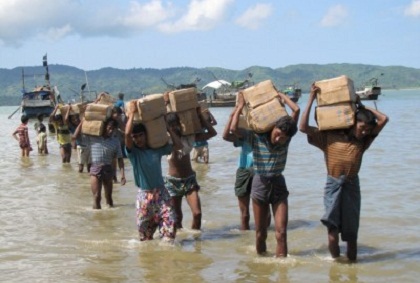 Courtesy: Flickr
Courtesy: Flickr
No easy solutions to this refugee problem are emerging despite the considerable international attention it has drawn. India has taken a pragmatic stand despite anxiety about deepening China-Myanmar ties
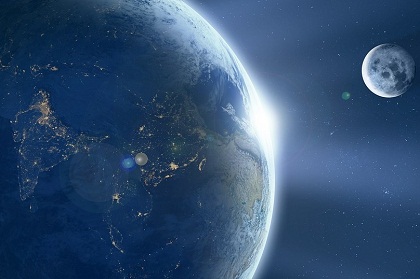 Courtesy: Pixabay/Comfreak
Courtesy: Pixabay/Comfreak
The two countries’ proposal to carry out a robotic sample-return mission to the Moon in the 2020s is a laudable attempt at catching up with Beijing’s rather more advanced lunar agenda. And there are many lessons that Japan can offer India
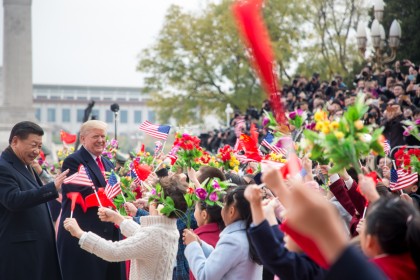 Courtesy: Flickr/WhiteHouse
Courtesy: Flickr/WhiteHouse
The visit yielded no dramatic breakthrough. But Team Xi finally got the respect and validation it desired, and deserved. Trump rightly praised China’s success in meeting its own development goals and contributing to global growth. But he is unlikely to soften his stance on jobs lost to China or the more vexing structural issues
 Courtesy: MEA/Flickr
Courtesy: MEA/Flickr
Regional groupings in South Asia have turned out to be like diligent pupils whose report cards show performance below par. The reasons for such an impasse range from political divergences to the economic downturn and the much talked about China factor that has many implications for India
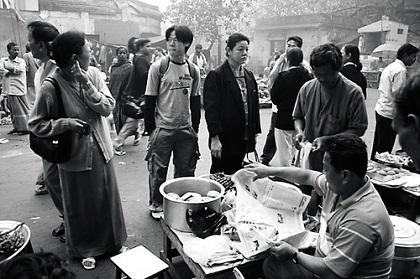 Courtesy: Flickr
Courtesy: Flickr
The 200-year-old history of the Indian Chinese population – currently 3,000 – in Calcutta and Bombay shows how the two civilisations were deeply connected. Buddhism and trade forged the link in the ancient past, but a forgotten aspect is the more recent, once vibrant Chinese presence in India. The bustling China Towns of yore fell silent after the 1962 India-China war that impelled the migration of the Indian Chinese to Canada, Hong Kong and Australia. Revisiting this period can offer many lessons in cultural assimilation and diplomacy in the more fractious present
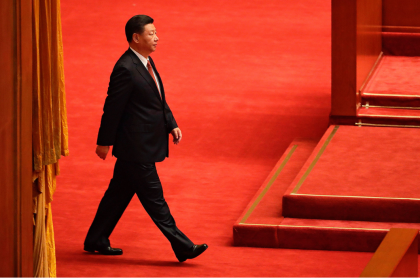 Courtesy: Forex Repository
Courtesy: Forex Repository
Xi Jinping, who became the first leader since China’s modernisation to have his name inscribed—during his tenure—in the Chinese Communist Party’s Constitution, will fine-tune and popularise Deng Xiaoping’s famous phrase, ‘Socialism with Chinese Characteristics’, to suit a new era. He has adhered to Party rules while subtly subverting long-standing traditions
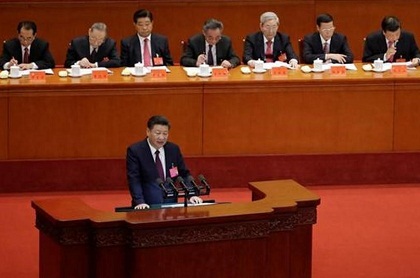 Courtesy: Hindustan Times
Courtesy: Hindustan Times
Amidst the grand messaging and visual splendour of the 19th Party Congress, Xi made some telling pronouncements. He sent out a stern warning to separatist elements, threatening the country’s unity, and emphasised “ecology” and “environment” over “economy” and “market”. Over and above it all, the Chinese Communist Party that he rejuvenated emerged the real ‘hero’ in the epic story
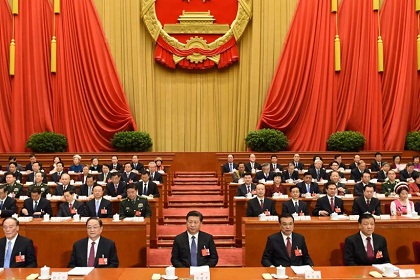 Courtesy: South China Morning Post
Courtesy: South China Morning Post
At the Chinese Communist Party’s 19th Congress, President Xi Jinping will surely consolidate and project his power within the Chinese Communist Party. But, there are other crucial elements to be observed and studied beneath the obvious grandeur of the Congress, such as, how it has retained its longevity and tenacity, how it commands loyalty and ideological compliance, and how change gets institutionalised. This week-long event will yield important clues
 Courtesy: Stripes
Courtesy: Stripes
Chinese President Xi Jinping’s reforms, some of which have been effected in the run-up to the 19th Party Congress, have served to both modernise the People’s Liberation Army (PLA) and also strengthen his hold on it. They may also have resulted in adversely affecting the PLA’s combat efficacy
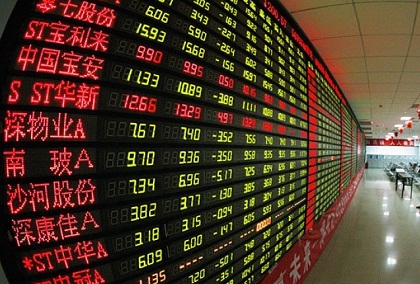 Courtesy: Tribune
Courtesy: Tribune
Beijing has its finger on the economic pulse of the country, demonstrating a responsiveness to criticism at home and abroad. It reveals a great deal about Chinese political priorities and societal changes, and offers a collective learning for investors and markets worldwide – and especially for India.